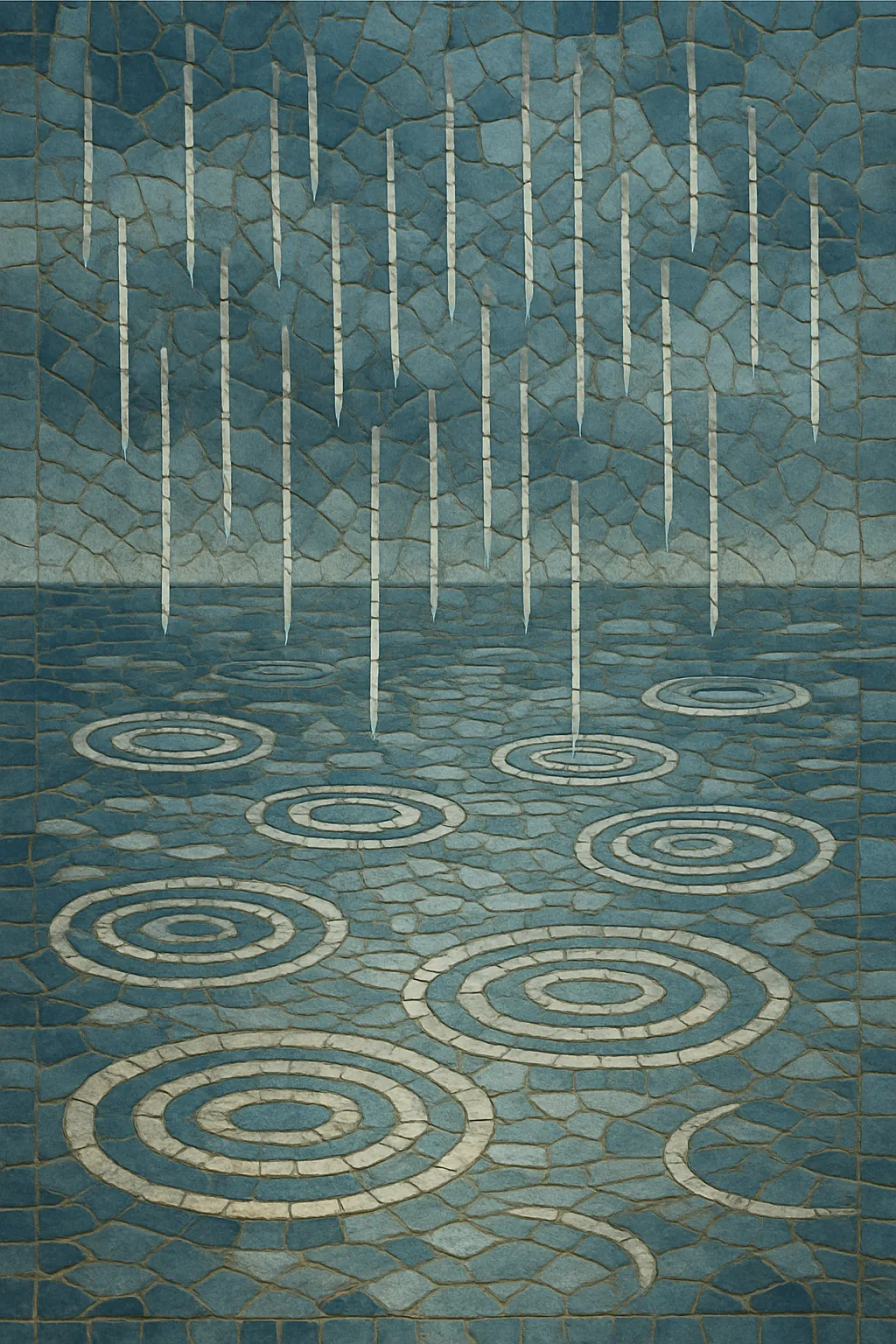
Rain sounds is a subcategory of nature recordings focused on capturing the auditory texture of rainfall, from gentle drizzles to heavy downpours and distant thunder.
Rather than melody or harmony, it emphasizes soundscape qualities such as density, spectral color, spatial diffusion, and dynamic contour. These recordings are used for relaxation, sleep, meditation, masking urban noise, and as environmental layers in ambient and film sound design.
Typical releases present long, uninterrupted takes engineered for comfortable listening, low fatigue, and seamless looping, often with careful microphone placement to avoid harsh transients and to preserve a sense of space.
The modern practice of distributing rain recordings traces to the late 1960s, when long-form environmental records emerged alongside musique concrète and electroacoustic techniques. Irv Teibel’s Environments series (1969–70) popularized the idea that unadorned environmental sound—ocean surf, storms, and rain—could be sold for relaxation and focus. In parallel, the acoustic ecology movement (e.g., R. Murray Schafer’s World Soundscape Project in Canada) reframed environmental listening as both art and ecological awareness.
The 1980s and 1990s saw a boom in nature-sound catalogues through labels like Solitudes (Dan Gibson), which issued high-fidelity rain and thunderstorm albums for stress relief, sleep, and wellness. These releases were distributed in bookstores, spas, and new-age retail, establishing rain sounds as a self-contained listening category distinct from music yet adjacent to ambient and new age.
With improved portable recorders and quieter microphones, independent recordists captured diverse rain textures (forest canopies, cityscapes, tin roofs). Streaming platforms and mobile apps (sleep, meditation, tinnitus masking) normalized hours-long rain tracks with gapless looping and curated loudness, while YouTube channels and podcasts broadened access.
Today, rain sounds permeate wellness media, sound design libraries, and music production. They are layered into ambient, lo‑fi hip hop, and chillout, and published as standalone soundscapes for mindful listening. Ethical fieldwork practices (permits, minimal ecological impact) and high standards of noise control, spatial realism, and listener comfort define current best practice.
Choose environments with distinct rain signatures (forest canopy, open field, urban streets, metal roofs). Scout for minimal traffic/hum, note wind direction, and monitor weather radar to capture onset, peak, and decay phases.

